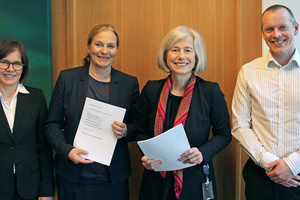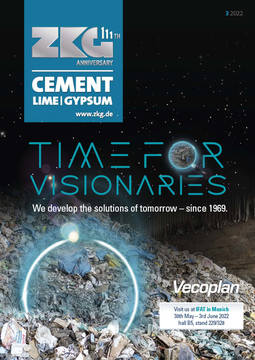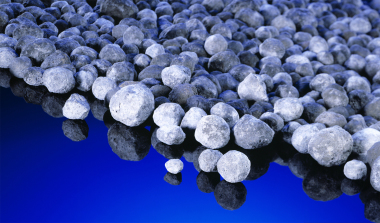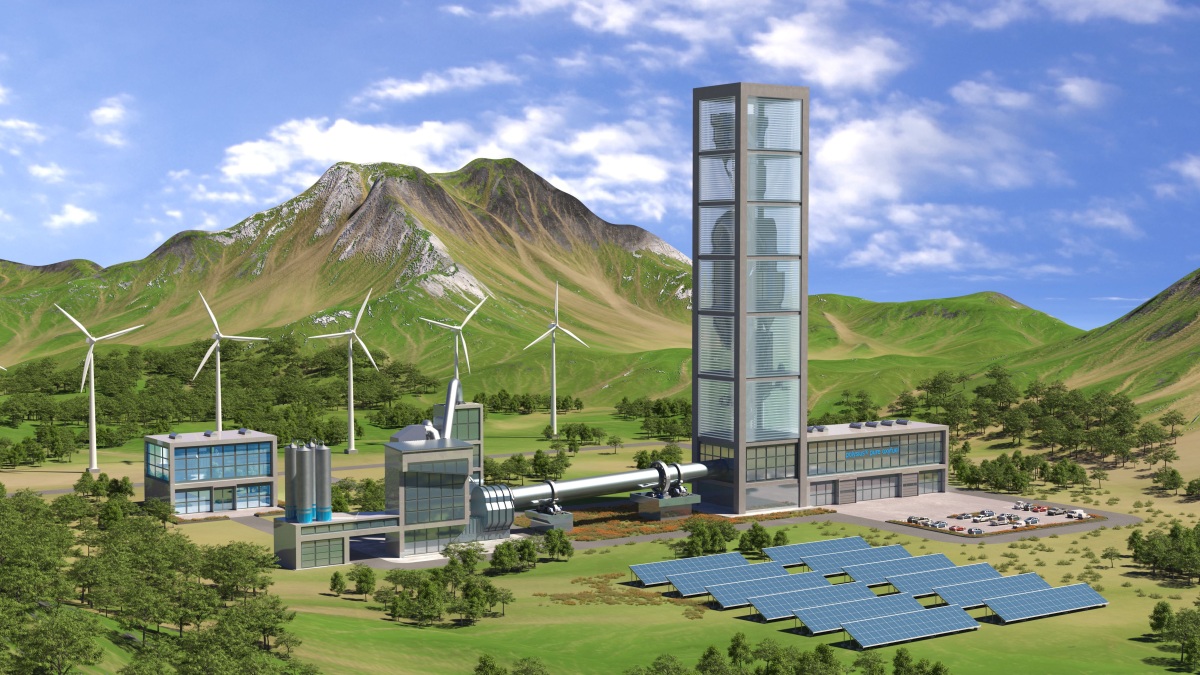Aker Carbon Capture and SINTEF expand collaboration to develop next-generation CCUS Technology
Aker Carbon Capture and SINTEF have entered into a strategic collaboration agreement, with the goal of further developing carbon capture utilization and storage (CCUS) technology to reduce CO2 emissions from industry and energy solutions. This is a vital part of the green transition in Norway.
CCUS – an indispensable tool
CCUS refers to a series of technologies for capturing CO2 and utilizing or storing it safely deep underground. Both the International Energy Agency (IEA) and United Nations (IPCC) consider CCUS to be crucial for reducing CO2 emissions and limiting global warming to under 1.5 °C.
A strategic interaction to establish more CCUS projects
The agreement represents a strategic interaction on a non-exclusive basis, with the goal to speed up and make available CCUS more widespread. There will be actions to establish more CCUS projects, particularly in the field of CO2 capture.
Through the collaboration, the parties will explore opportunities to develop new capture technologies, share knowledge, and collaborate more closely to generate and follow-up on new ideas.
Establishing a common framework for collaboration will remove barriers and bureaucracy, thereby enabling SINTEF and Aker Carbon Capture to collaborate quickly and efficiently.
A valuable long-term partnership
Aker Carbon Capture and SINTEF have a long history of collaboration. SINTEF has worked with Aker companies for over 25 years in the field of this specific climate technology, which demonstrates the value of long-term partnerships.
Most notably, the parties developed a solvent-based capture technology together with the Norwegian University of Science and Technology (NTNU) as part of the eight-year SOLVit program. Aker Carbon Capture is today a leading provider of a proprietary, amine-based carbon capture technology, which is being deployed in the Norwegian full-scale CCUS project, Langskip (Longship).
Through the Norwegian CCS Research Centre (NCCS), SINTEF and its partners have contributed both knowledge and research to Langskip.
“To meet the goals of the Paris Agreement and Norwegian climate ambitions, we need to continue the joint efforts to cut costs, reduce risk, and scale up CCS technologies. Research, development, and innovation efforts done in cooperation between universities, research institutions, and industry actors like Aker Carbon Capture are essential,” said NCCS Director Mona Mølnvik.




